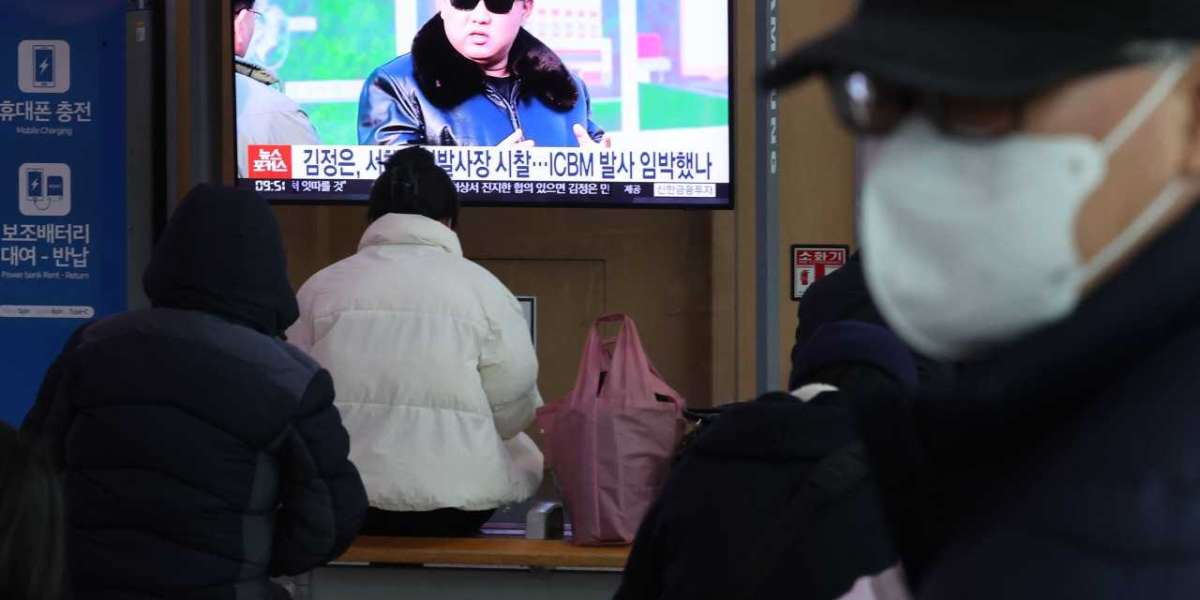It was the first time North Korea has shot an intercontinental ballistic missile in more than four years, breaking a self-imposed moratorium on ICBM and nuclear testing that had been in place since 2009.
Pyongyang fired an ICBM-class projectile from the Sunan area of the capital of Pyongyang at 2:34 p.m. local time, which traveled more than one hour and ten minutes into the East Sea before crashing into the sea.
The ICBM traveled around 1,080 kilometers at an altitude of 6200 kilometers or higher, according to the Joint Chiefs of Staff, who also stated that the missile was fired at a high angle and with a lofted trajectory.
Japan's Deputy Defense Minister, Makoto Oniki, has speculated that North Korea is testing a new form of intercontinental ballistic missile. However, the Joint Chiefs of Staff (JCS) stated that South Korean and US intelligence officials are still studying more specifics.
In response to North Korea's ICBM launch, the South Korean military forces joined forces and launched a variety of missiles along the country's eastern coast starting at 4:25 p.m. to "demonstrate the determination and capability to respond and punish" the regime's missile launches, according to the Joint Chiefs of Staff.
A Hyunmoo II surface-to-surface missile, a Haeseong II ship-launched land-attack cruise missile, an ATACMS short-range ballistic missile, and two JDAM precision-guided bombs were all launched in response to the missile launchers.
When North Korea launches a missile, the Joint Chiefs of Staff (JCS) said, "We also confirmed that our military keeps close tabs on their military movement and has the capability and readiness posture to precisely strike the origin of the missile launch and command and support facilities at any time."
North Korea conducted an intercontinental ballistic missile test for the first time since November 2017, when the country fired a Hwasong 15 intercontinental ballistic missile.



